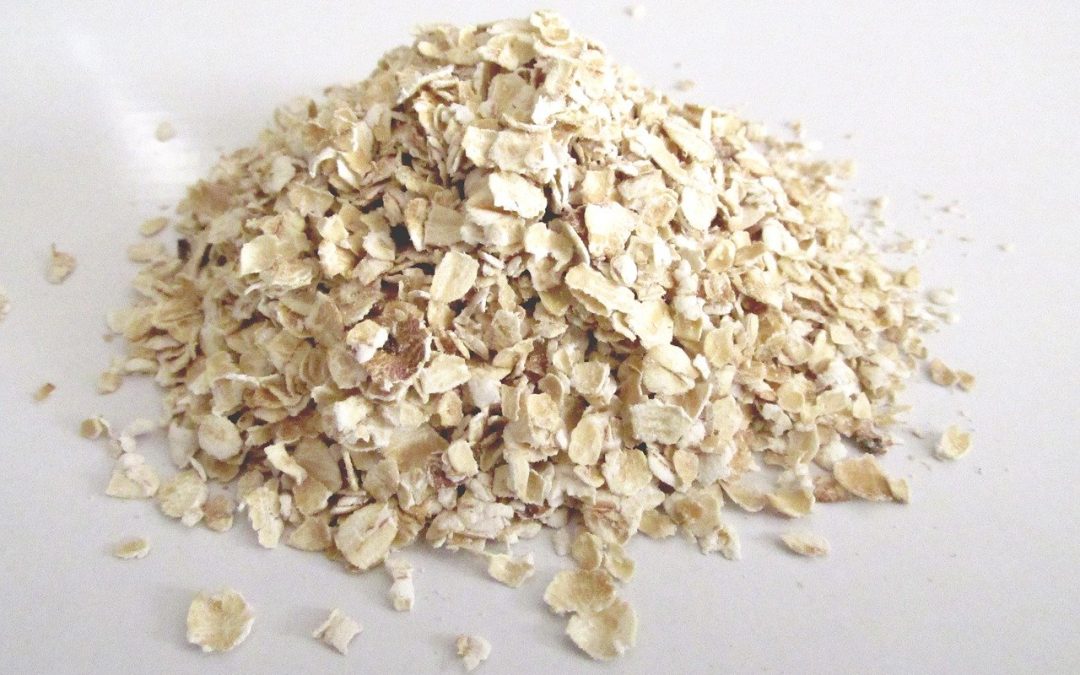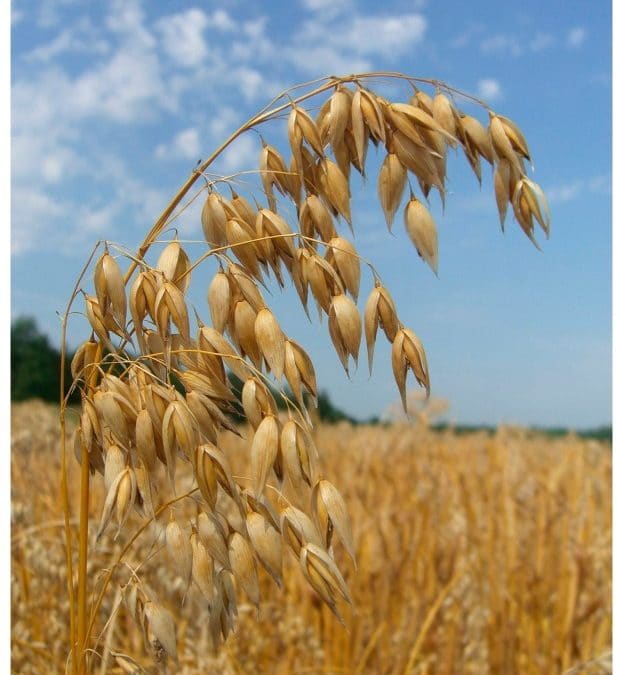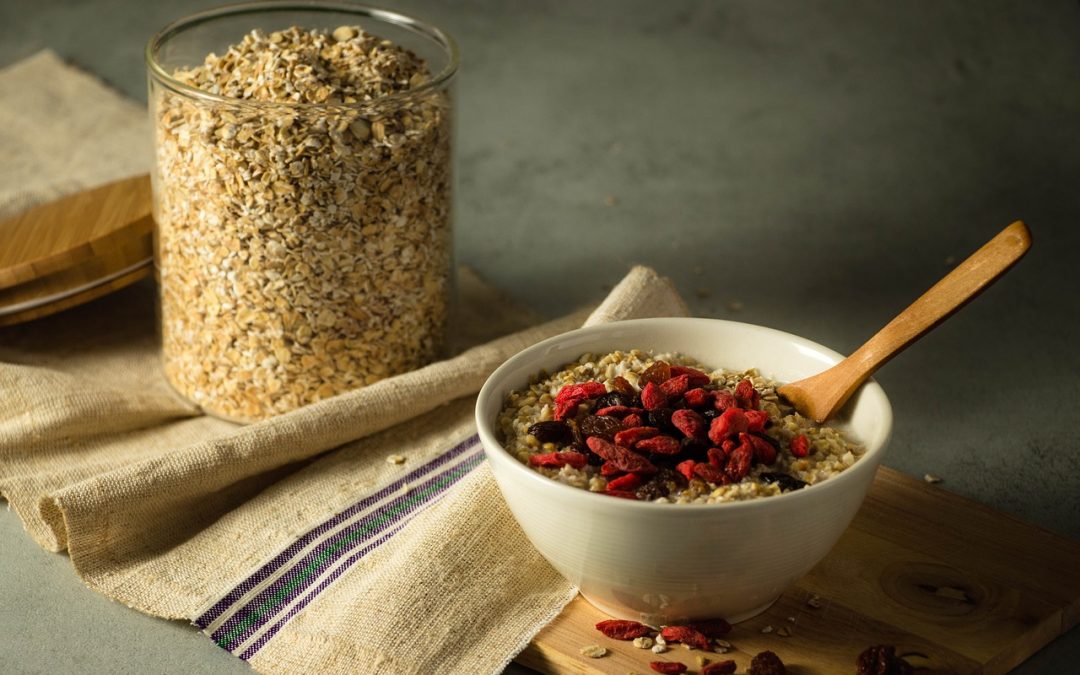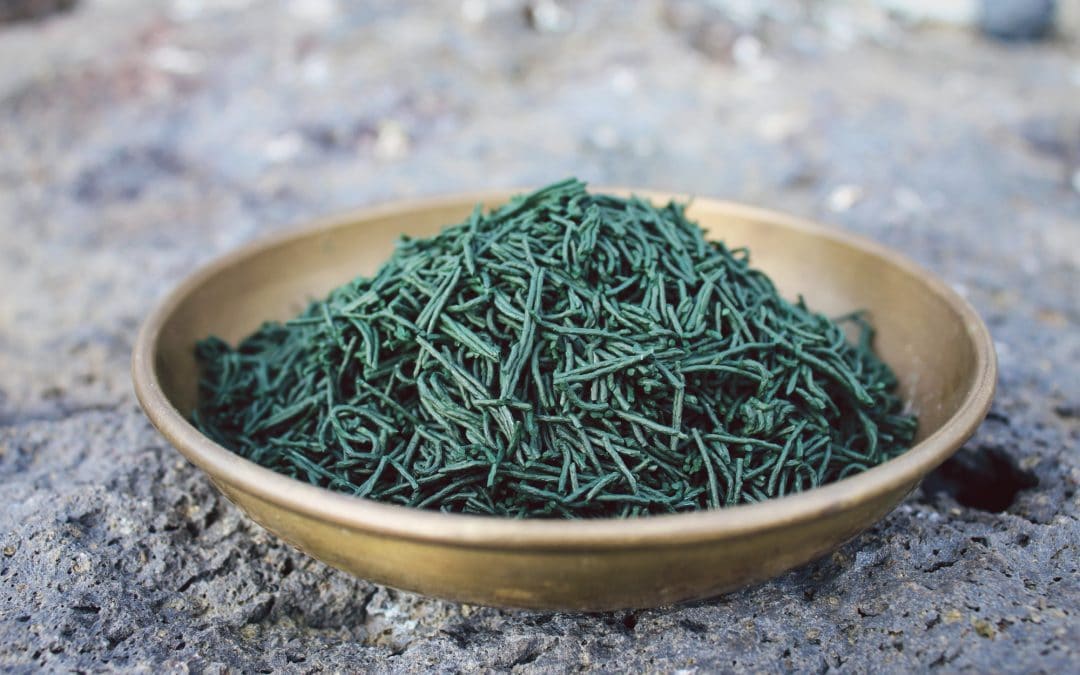
by Immunence | Apr 20, 2020 | The Science
Oats, formally named Avena sativa, is a type of cereal grain from the Poaceae grass family of plants. The grain refers specifically to the edible seeds of oat grass, which is what ends up in our breakfast bowls. Whether loved or hated for their mushy yet hearty... 
by Immunence | Apr 20, 2020 | The Science
The water-insoluble storage proteins of cereals (prolamins) are called “gluten” in wheat, barley, and rye, and “avenins” in oat. Gluten can provoke celiac disease (CD) in genetically susceptible individuals (those with human leukocyte antigen... 
by Immunence | Apr 20, 2020 | The Science
Oats (Avena sativa L.) have received considerable attention for their high content of dietary fibres, phytochemicals and nutritional value. It is believed that consumption of oats possesses various health benefits such as hypocholesterolaemic and anticancerous... 
by Immunence | Apr 20, 2020 | The Science
“Eating three portions of wholegrain foods such as porridge every day protects your heart by slashing blood pressure levels,” reported the Daily Express. It said this could be as effective as taking medication. The study behind this story demonstrates that wholegrain... 
by Immunence | Apr 20, 2020 | The Science
What are antioxidants? The body’s trillion or so cells face formidable threats, from lack of food to infection with a virus. Another constant threat comes from chemicals called free radicals. In very high levels, they are capable of damaging cells and genetic... 
by Immunence | Apr 20, 2020 | The Science
Objective: Spirulina maxima consumption is known to be associated with enhanced cardiovascular and metabolic health. Human studies on this topic have recently been described in a few papers; however, potential protective cardiovascular properties of Spirulina in obese...






 LANGUAGE
LANGUAGE SPANISH
SPANISH